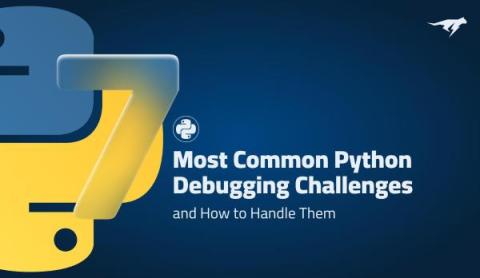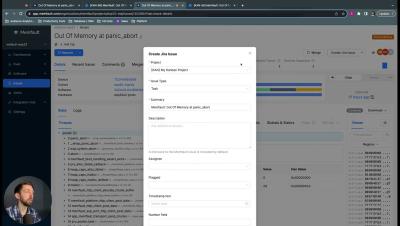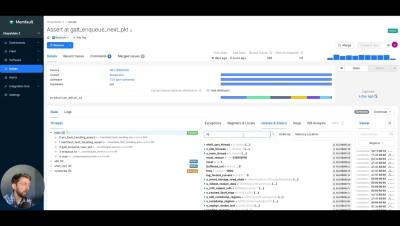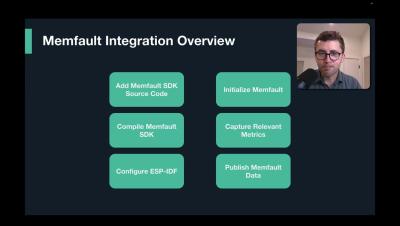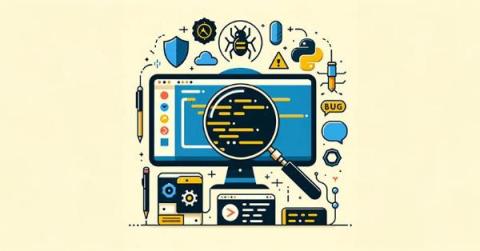The 7 Most Common Python Debugging Challenges and How to Handle Them
According to PYPL (PopularitY of Programming Language), Python has been the most popular programming language worldwide from 2018 to the present. Remarkably, Python’s popularity has grown by 2.5% over the last five years. In contrast, Java, the previously most popular language, has seen a 4.8% decrease in its popularity. While Java is typically faster than Python, Python is easier to read with its simpler syntax.


